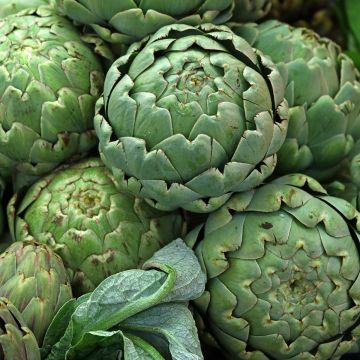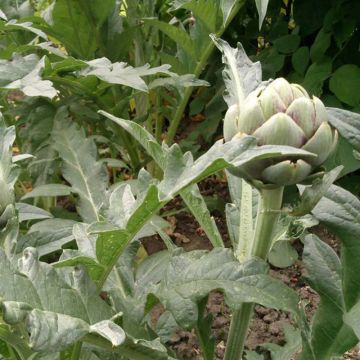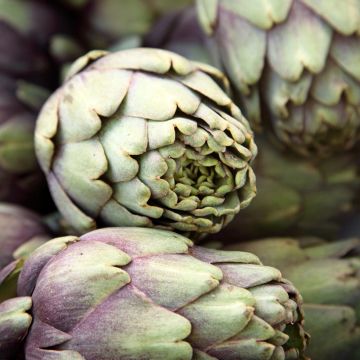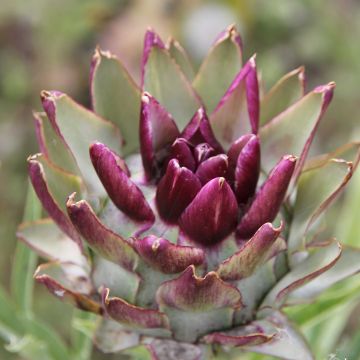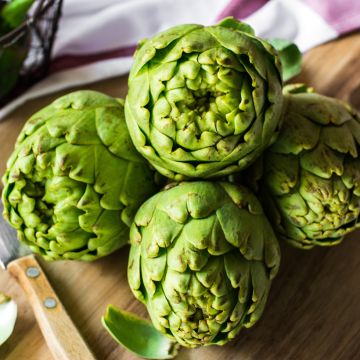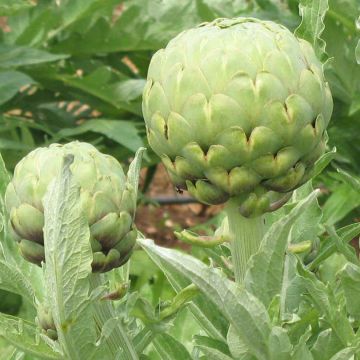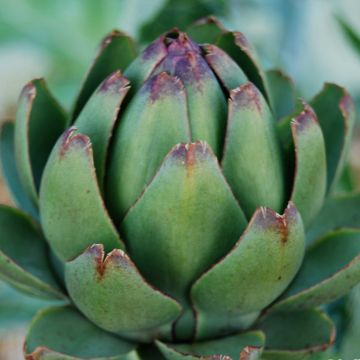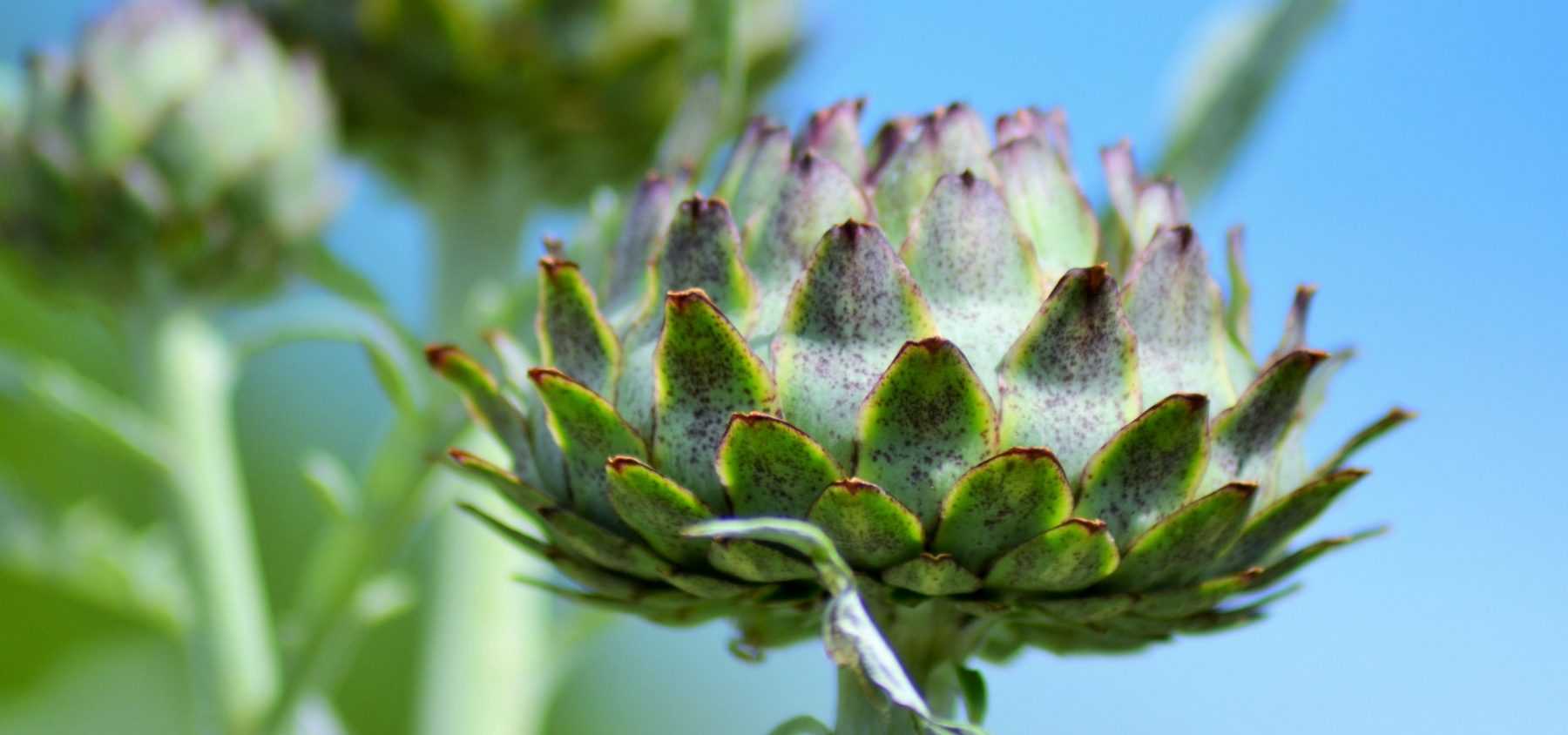
Growing Artichokes Successfully
Sowing, planting, maintenance
Contents
Artichokes are delicious and nutritious vegetables that can be used in a variety of dishes. However, growing artichokes may seem daunting for beginners, with specific requirements regarding soil, climate and care. In this advice sheet, discover all the information you need to successfully grow artichokes, from soil preparation to harvesting, including planting and maintenance.

Location and soil
The artichoke is a perennial vegetable plant, with substantial growth, that settles into the garden for several years: allocate it a suitable space in the vegetable patch. It pairs well with legumes (broad beans, beans, peas), as they provide it with nitrogen, which it thrives on.
Artichokes thrive in full sun: direct exposure to sunlight for at least six hours a day is recommended. It is also important to protect the plants from strong winds, which can damage the leaves and stems.
It prefers mild climates, as it is sensitive to severe frosts; it is therefore cultivated in temperate regions, with hot summers and mild winters. Its cold resistance varies: hardy down to -5°C, varieties such as ‘Vert Globe’ or ‘Gros Vert de Laon’ are slightly hardier than the ‘Violet de Provence’, grown in the south. However, if you wish to grow it in colder climates, you will need to provide effective frost protection during the winter months.
It requires well-manured soil, previously enriched with compost or well-rotted manure, 3 to 4 kg per m². It dislikes excessive moisture and is best grown on mounds in heavy soil.

Read also
Growing Artichokes SuccessfullySimple sowing and planting
Artichokes are typically planted from seedlings that you can either prepare yourself or purchase. Direct sowing is possible but rarely practised, mostly reserved for the south of France.
- Sowing in pots is done indoors or in a heated shelter, in spring, from February to March: sow 2 or 3 seeds per pot, keeping only the strongest seedling for planting out around 2 months after sowing. The young plants are then transplanted into the ground at a distance of 80 cm to 1 metre apart.

- In the south of France, you can sow directly in the ground, in stations spaced 80 cm to 1 m apart.
- Planting can take place in spring or autumn. It should be done in prepared soil: weeded, loosened and then raked to create a fine tilth. If your soil retains water, we recommend forming a mound to improve drainage and adding some sand to the soil.
Discover other Artichoke seeds
View all →Available in 1 sizes
Available in 1 sizes
Available in 1 sizes
Available in 1 sizes
Available in 1 sizes
Available in 1 sizes
Available in 1 sizes
Available in 1 sizes
A cultivation that requires some watering and winter protection
The regular maintenance of artichokes involves carrying out weeding, hoeing, and watering—frequent but moderate. These tasks can be spaced out or significantly reduced if you mulch the soil with thin, successive layers of pre-dried grass clippings or dead leaves, for example.
Being sensitive to cold, artichokes must be protected during winter: a thick layer of straw or dead leaves may suffice in mild climates. In regions with harsh winters, reinforce the protection by adding a winter fleece.
→ Discover all our tips for properly protecting artichokes from the cold.
Potential pests and diseases
Artichokes are traditionally prone to aphid infestations. To eliminate them, spray with water mixed with black soap (20% dilution) or an organic-approved insecticide such as pyrethrum.
The most common diseases are fungal in nature (caused by fungi): namely downy mildew and ramularia leaf spot. To prevent these, ensure proper planting distances are maintained. Regularly monitor the foliage and, if an attack occurs, spray with a Bordeaux mixture solution.
Harvest
Harvesting takes place from May to August: artichokes are picked when the top bracts of the head begin to open. Simply use a knife to cut about 10 cm below the head. The unharvested flower heads produce highly ornamental blooms – don’t miss out on them.

- Subscribe!
- Contents

































